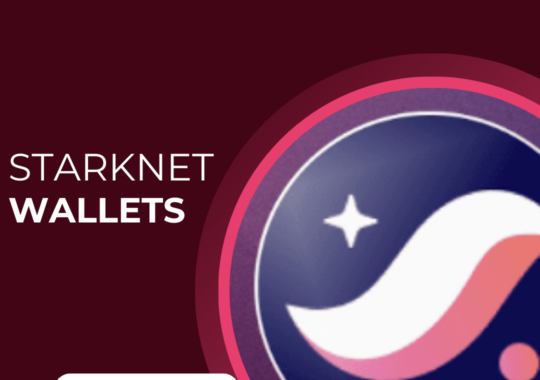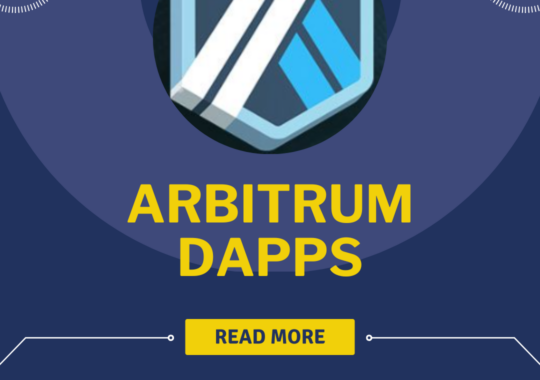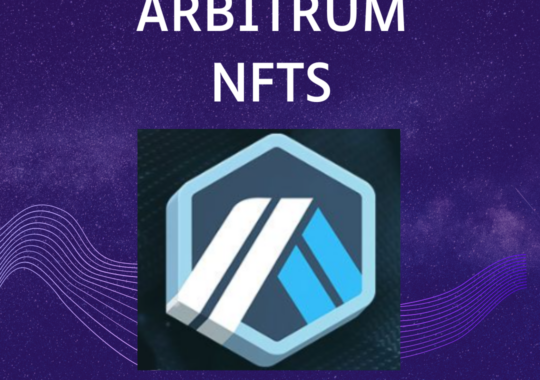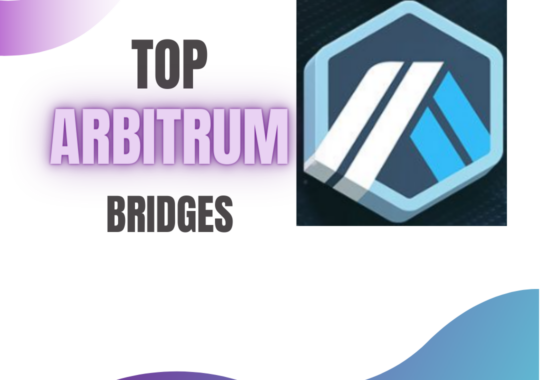Interoperability is a pivotal aspect of the blockchain industry. While different blockchains excel in specific areas such as scalability, security, or decentralization, they often operate as isolated entities. Bridging between blockchains facilitates seamless communication and asset transfers, unlocking a plethora of possibilities for users and developers.
Bridges act as gateways, connecting disparate blockchain ecosystems and facilitating the movement of assets across them. For instance, a user might want to migrate assets from Ethereum to Solana to capitalize on Solana’s high throughput and low transaction fees. This is where bridges play a pivotal role, providing the necessary infrastructure for cross-chain interoperability.
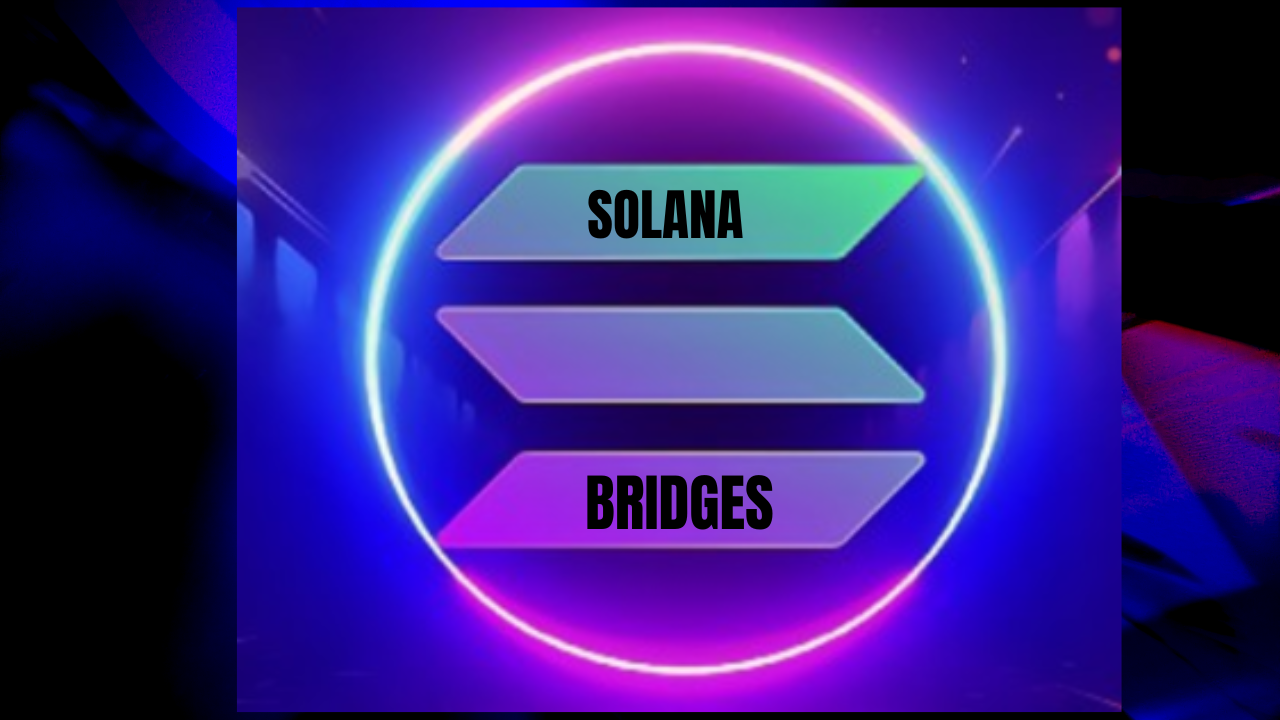
This article explores the concept of bridging to the Solana ecosystem from other blockchains, elucidating the importance of interoperability and discussing some prominent bridges connecting various blockchain networks to Solana.
Key Features of the Solana Ecosystem
Before delving into the bridges, it’s essential to understand why developers and users are increasingly drawn to the Solana ecosystem. Solana distinguishes itself with several key features:
- High Throughput: Solana’s unique consensus mechanism, Proof of History (PoH), combined with Proof of Stake (PoS), enables high transaction throughput, processing thousands of transactions per second.
- Low Transaction Fees: Solana boasts minimal transaction fees, making it an attractive option for developers and users seeking cost-effective solutions.
- Developer-Friendly Environment: Solana provides a developer-friendly atmosphere with support for popular programming languages, fostering a vibrant ecosystem of decentralized applications (DApps).
- Security: Solana leverages cryptographic principles and a robust network infrastructure to ensure the security of transactions and assets.
Now that we’ve established the appeal of the Solana ecosystem let’s explore some bridges that facilitate the seamless transition of assets and information between Solana and other blockchains.
Bridges to Solana Ecosystem
Wormhole – Connecting Solana and Ethereum

It is a decentralized bridge that primarily connects Solana and Ethereum. It allows users to transfer assets, including tokens and NFTs, between the two blockchains. This bi-directional bridge supports the movement of assets from Ethereum to Solana and vice versa. Wormhole achieves this by creating wrapped tokens on each blockchain, representing the equivalent value of the original asset. This approach ensures that users can leverage the strengths of both ecosystems without being constrained by a single blockchain’s limitations.
Key Features of Wormhole
- Bidirectional Connectivity: Wormhole enables seamless asset transfers between Ethereum and Solana.
- Security Assurance: The bridge ensures a secure and trustless connection, instilling confidence in cross-chain transactions.
- ERC20 Token Support: Wormhole supports the transfer of ERC20 tokens from Ethereum to Solana, enhancing interoperability.
- SPL Token Standard Integration: Integrated with the SPL token standard on Solana for the creation and transfer of SPL Tokens.
- Decentralized Oracles – Guardians: Utilizes decentralized cross-chain oracles (guardians) operated by top Solana validators for trustless transactions.
- Developer Hackathon: The Solana Foundation hosts a hackathon to encourage developers to experiment with Wormhole for innovative web3 applications.
RenBridge – Bridging Bitcoin to Solana
(About – RenBridge V3 (renproject.io))

RenBridge, powered by Ren Protocol, focuses on bridging assets from other blockchains to Solana. Notably, it enables the movement of Bitcoin to Solana, allowing users to utilize their Bitcoin assets in the Solana ecosystem. RenBridge uses a decentralized custodian model, locking Bitcoin on the Bitcoin blockchain while minting an equivalent representation on Solana. This ensures that the value is securely transferred between the two networks, providing users with the flexibility to leverage Bitcoin on Solana’s high-performance blockchain.
Key Features of RenBridge
- Tokenization and Conversion: Users have the capability to mint actual assets as ERC20 tokens (renBTC, renZEC, renBCH) on Ethereum and convert them back to their original forms seamlessly.
- Support for Multiple Assets: RenBridge extends its support to the tokenization and conversion of BTC, ZEC, and BCH, providing users with a diverse range of options.
- Transparent Fee Structure: The fee structure is straightforward, including a 0.2% fee per mint and a 0.1% fee per burn. Additional fees encompass a dynamic network fee and ETH GAS fee.
- Flexible Asset Release: RenBridge empowers users to release (burn) renBTC, renZEC, and renBCH at their convenience, converting them back into their original tangible assets.
- Availability for Minting: Users enjoy the flexibility of minting renBTC, renZEC, and renBCH at any time, aligning with their individual preferences and needs.
- Compatibility with Any Wallet for Asset Sending: Users can initiate transactions by sending BTC, BCH, or ZEC from any wallet, ensuring accessibility across various platforms.
Raydium – Bridging DeFi Platforms on Solana
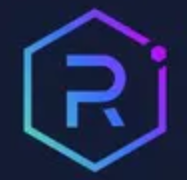
It is not just a bridge but a decentralized finance (DeFi) platform built on the Solana blockchain. It acts as a bridge for liquidity pools and trading pairs, allowing users to seamlessly move assets within the Solana ecosystem. Raydium is integrated with the Serum decentralized exchange (DEX), enabling users to participate in automated market maker (AMM) pools and yield farming. This bridge is a testament to the growth of decentralized finance applications within the Solana ecosystem.
Key features of Raydium
- Enhanced Trading with Serum Integration: Integrated with Serum, Solana’s prominent DEX, leveraging its central limit-order book for advanced trading functionalities.
- Dual Reward Farming System: Features a dual reward farming system, offering liquidity providers additional yields in the form of the native utility token (RAY).
- Governance and Fee Rewards with RAY Token: Employs the RAY token for governance, enabling holders to participate in decision-making. Additionally, RAY holders receive a share of trading fees.
- Innovative Staking Opportunities: Allows RAY token holders to stake their assets, earning extra rewards and contributing to the platform’s ecosystem.
- AcceleRaytor Launchpad for Token Offerings: Includes AcceleRaytor as a launchpad for decentralized token launches, providing staking RAY holders with opportunities for new project participation.
Saber – Bridging Stablecoins across Ecosystems

This is a decentralized finance (DeFi) protocol on Solana that specializes in stablecoin trading and liquidity provision. It serves as a bridge for stablecoins across various blockchain ecosystems, allowing users to move assets seamlessly. Saber supports stablecoins from different blockchains, such as USDC (USD Coin) and USDT (Tether), and provides liquidity pools for users to trade and earn yields.
Key features of Saber
- Passive Yield for Market Makers: Market makers deposit crypto assets into Saber liquidity pools, earning passive yield through transaction fees and token-based incentives.
- Automated DeFi Strategies: Saber facilitates automated decentralized finance (DeFi) strategies, providing an efficient and automated trading experience.
- Strategic Funding and Fast Growth: The platform has successfully raised $7.7 million in a seed funding round led by Race Capital. This funding is directed towards hiring, marketing, and business/product development due to the platform’s fast growth and increasing Total Value Locked (TVL).
- Collaboration with Notable Investors: The seed round saw participation from notable investors, including Race Capital, Social Capital, Jump Capital, Multicoin Capital, and Solana Foundation, among others.
- Algorithmic Slippage Reduction: The platform incorporates algorithms to reduce slippage during trading activities, ensuring efficient and capital-effective liquidity provision.
- Token-Based Incentives: Users participating in Saber’s liquidity pools and ecosystem are incentivized with token rewards, creating a mutually beneficial environment.
Solbridge – Expanding Solana’s Reach to Binance Smart Chain
(Solana Bridge Bot (solbridgebot.com))
Solbridge facilitates cross-chain compatibility between Solana and Binance Smart Chain (BSC). This bridge enables users to move assets between the two blockchains, leveraging the strengths of both ecosystems. Solbridge enhances the utility of Solana-based assets on BSC and vice versa. By connecting these two vibrant ecosystems, Solbridge contributes to the broader vision of a seamlessly interconnected blockchain space.
Key features of Solbridge
- Telegram Bot Integration: Operates as a Telegram bot, providing a user-friendly interface for convenient interaction with the bridge.
- Bidirectional Bridging: Empowers users to move tokens bidirectionally between Ethereum and Solana networks through simple commands.
- Real-Time Transaction Monitoring: Delivers real-time updates and notifications on cross-chain transaction statuses, ensuring users stay informed promptly.
- Innovative Revenue Share Model: Introduces a revenue-sharing mechanism, distributing a portion of the bot’s transaction fees among token holders to foster an actively contributing ecosystem.
- Transparent Tokenomics:
- Features a total token supply of 100 million.
- Applies a 5% transaction tax rate.
- Identifiable by the ticker symbol SOLBRIDGE.
Guidelines for Seamless Interaction with the Solana Ecosystem through Blockchain Bridges
- Choose the Appropriate Bridge: Select the specific bridge based on your intended asset transfer or interaction with the Solana blockchain (e.g., Wormhole for Ethereum-Solana, RenBridge for Bitcoin-Solana, Raydium for DeFi activities, Saber for stablecoin trading, or Solbridge for Binance Smart Chain-Solana connections).
- Initiate Bridging Process:
- Connect Wallet: Begin by connecting your cryptocurrency wallet to the chosen bridge platform.
- Specify Assets: Clearly indicate the assets you intend to transfer or interact with across blockchains.
- Confirm Transaction: Authenticate the transaction through the user interface provided by the respective bridge.
- Real-Time Monitoring:
- Track Progress: Utilize real-time monitoring tools if available to monitor the progress of your cross-chain transactions.
- Receive Notifications: Stay informed with immediate notifications on successful transfers or transaction statuses.
- Understand Bridge Features:
- Familiarize with Features: Comprehend the specific features offered by each bridge, such as bidirectional connectivity, security measures, supported token standards, or additional functionalities like governance participation and fee rewards.
- Follow Bridge-Specific Instructions:
- Adhere to Instructions: Follow any additional instructions or guidelines provided by the chosen bridge platform for a smooth user experience.
- Consult Documentation: Refer to the documentation or user guides provided by the bridge to clarify any uncertainties.
- Explore Diverse Opportunities:
- Engage in DeFi: If using bridges like Raydium or Saber, explore decentralized finance activities such as yield farming, liquidity provision, and trading on the Solana blockchain.
- Leverage Unique Features: Take advantage of distinctive features offered by each bridge, such as RenBridge’s tokenization of assets or Solbridge’s bidirectional compatibility.
Frequently Asked Questions (FAQs)
-
What is a blockchain bridge, and how does it work?
- A blockchain bridge connects different blockchain networks, facilitating seamless asset transfers and information sharing by creating representations of assets on the destination blockchain.
-
Why use bridges to interact with the Solana ecosystem?
- Bridges enable cross-chain interoperability, providing access to Solana’s high throughput, low fees, and developer-friendly environment for a versatile blockchain experience.
-
What makes Solana attractive for users and developers?
- Solana offers high throughput, low fees, developer-friendly tools, and robust security, making it an ideal hub for decentralized applications (DApps).
Conclusion
The Solana ecosystem, with its high throughput, low transaction fees, and developer-friendly environment, has become an attractive hub for users and developers alike. The bridges mentioned in this article, including Wormhole, RenBridge, Pegged Protocol, Raydium, Saber, and Solbridge, play pivotal roles in connecting Solana with other blockchains, unlocking new possibilities for users and expanding the overall blockchain ecosystem.
As the blockchain industry continues to advance, the importance of interoperability and cross-chain compatibility will only grow. Developers and users can now navigate the crossroads between different blockchains, leveraging the strengths of each, and contributing to the creation of a more interconnected and versatile decentralized future.
Princy Agarwal, a postgraduate in English from Delhi University, writes content for Tricky Finance, where they simplify complex financial topics for readers. With a knack for clear communication, Princy’s work helps make finance understandable and accessible to all.
